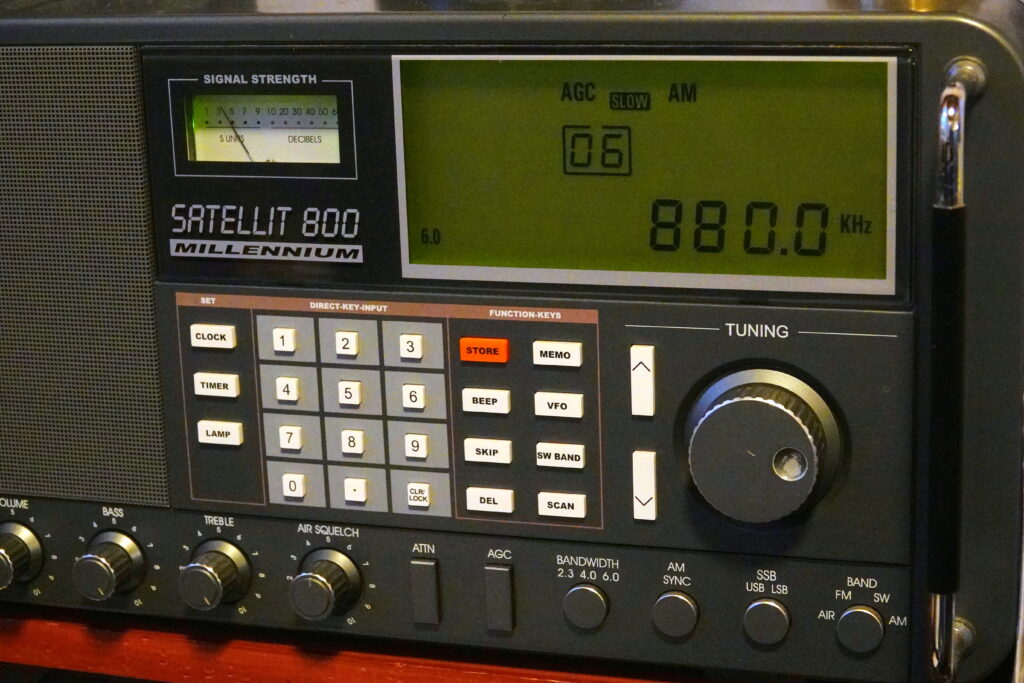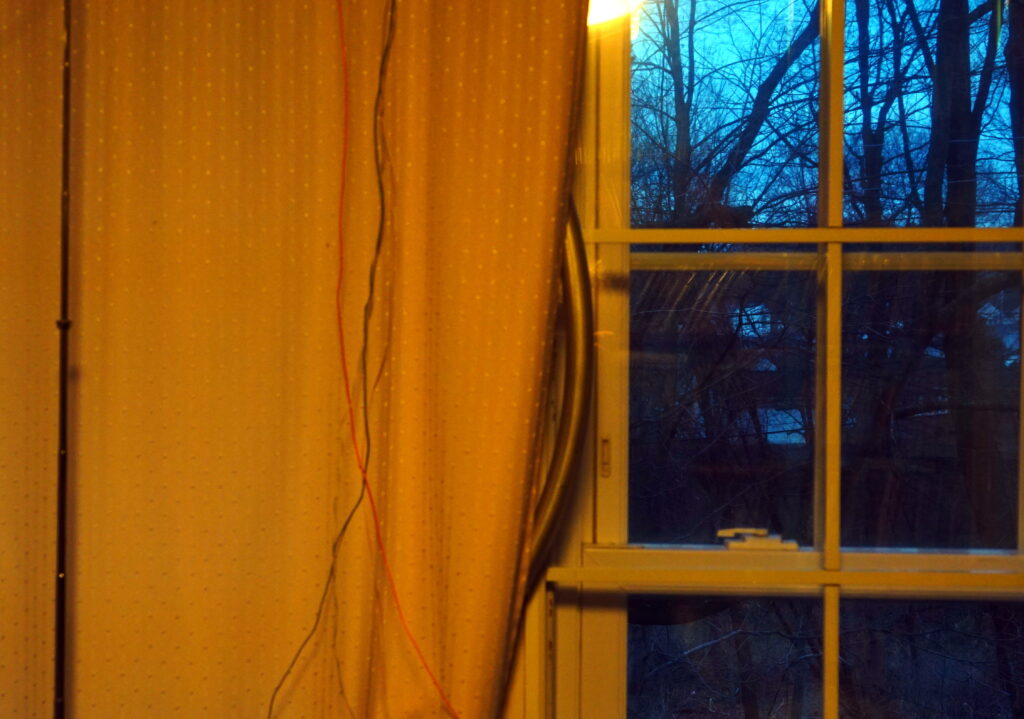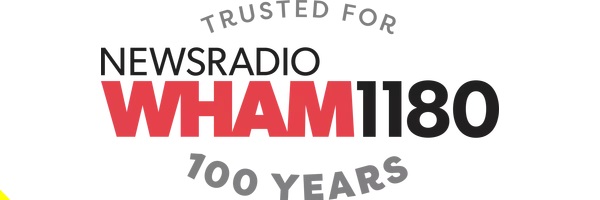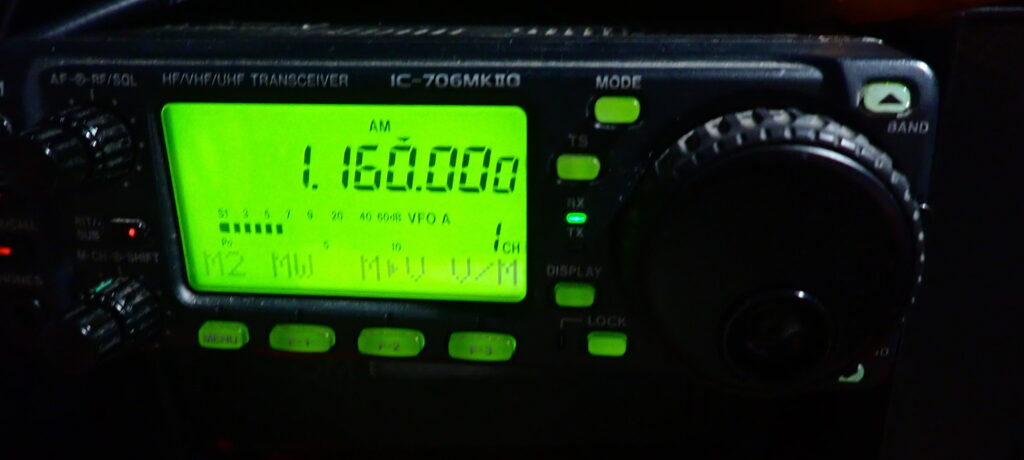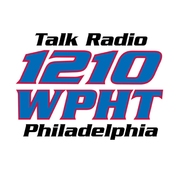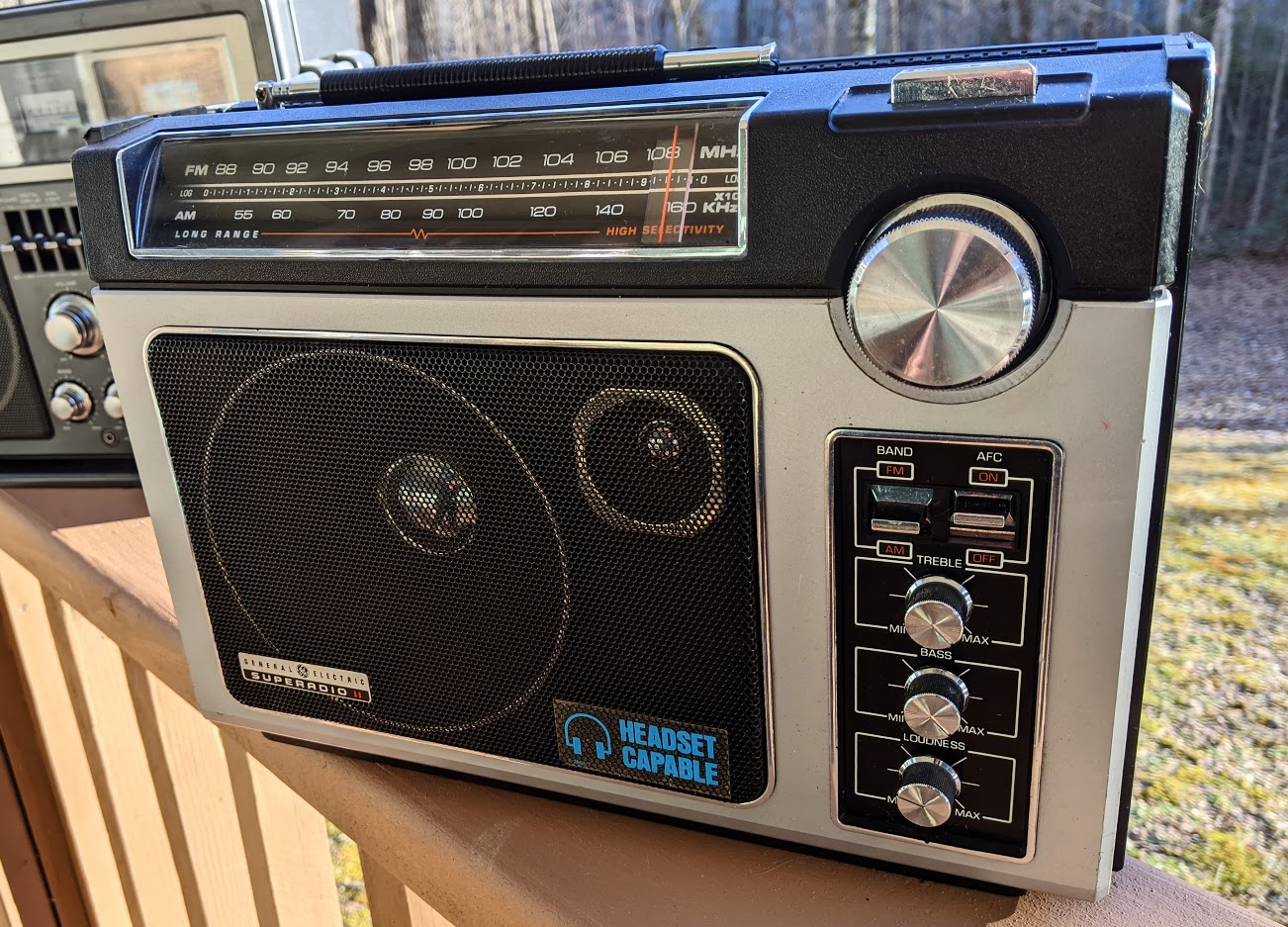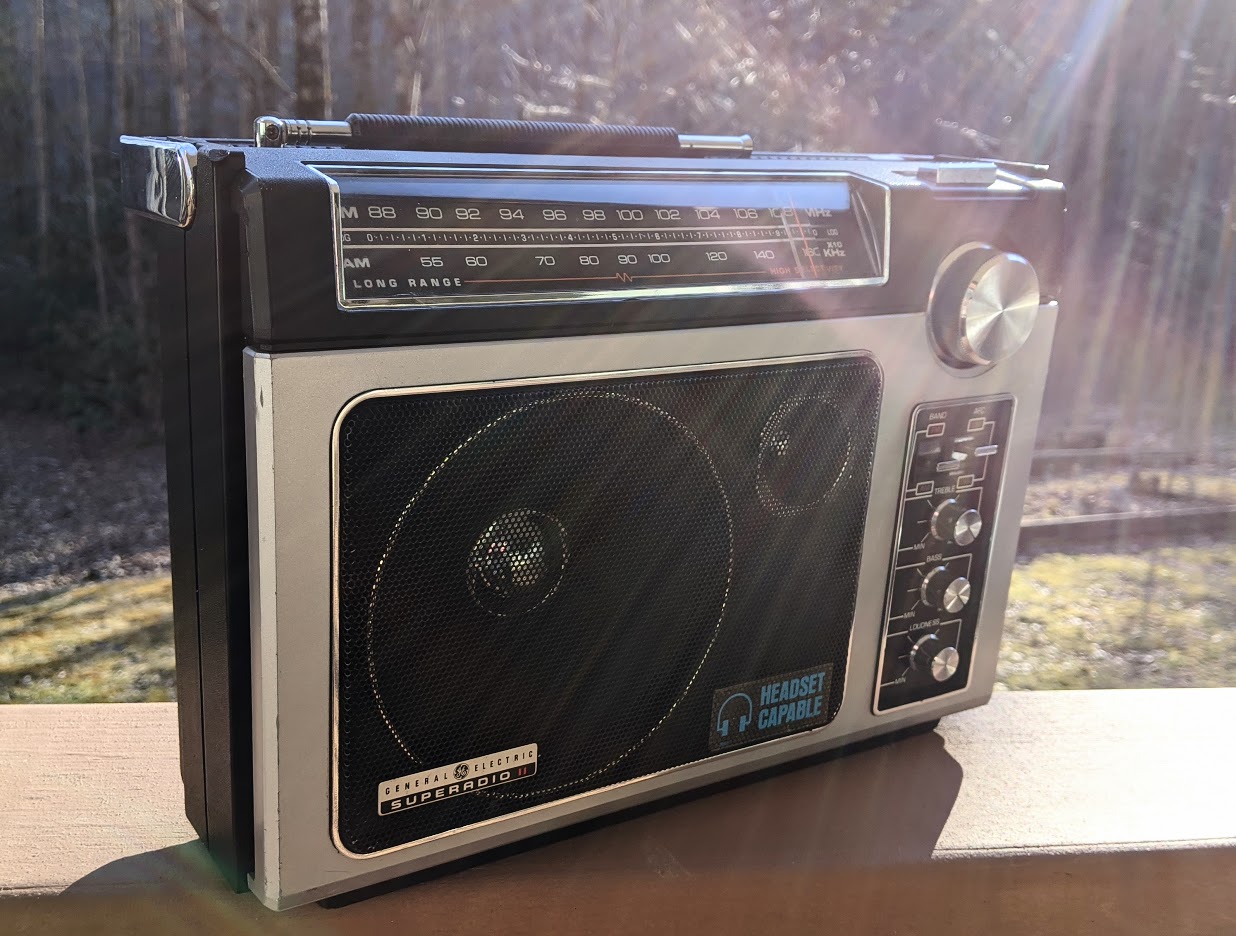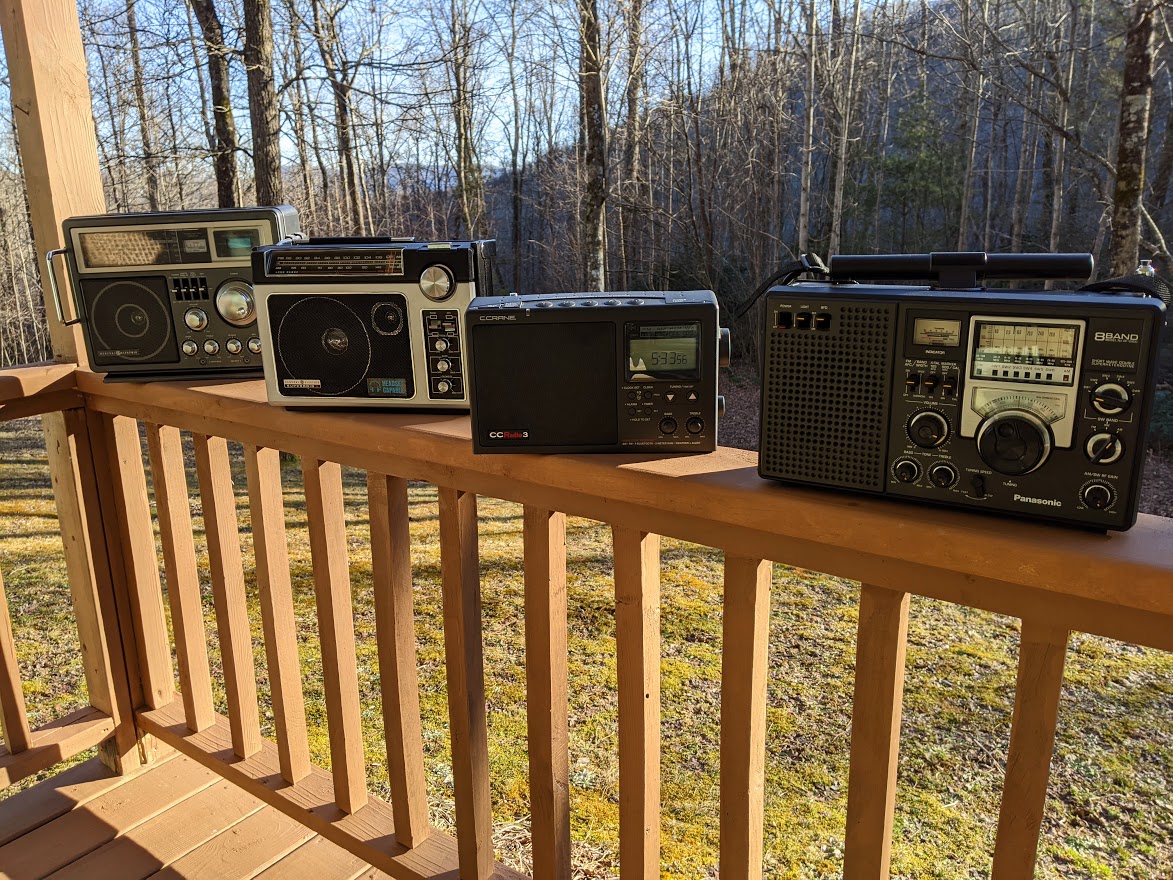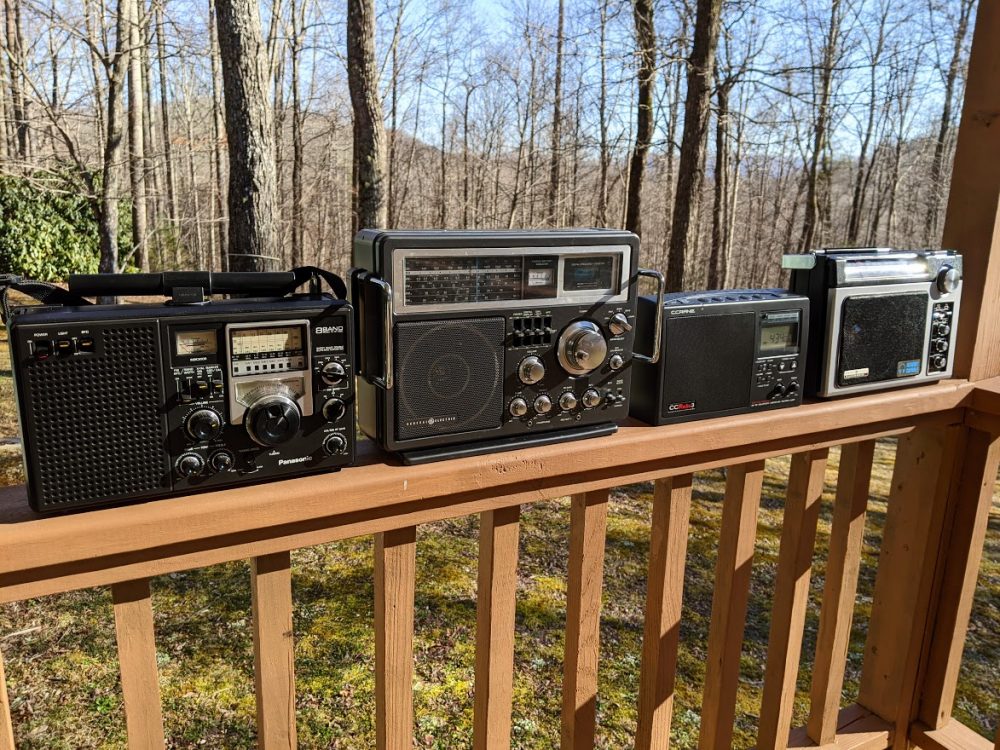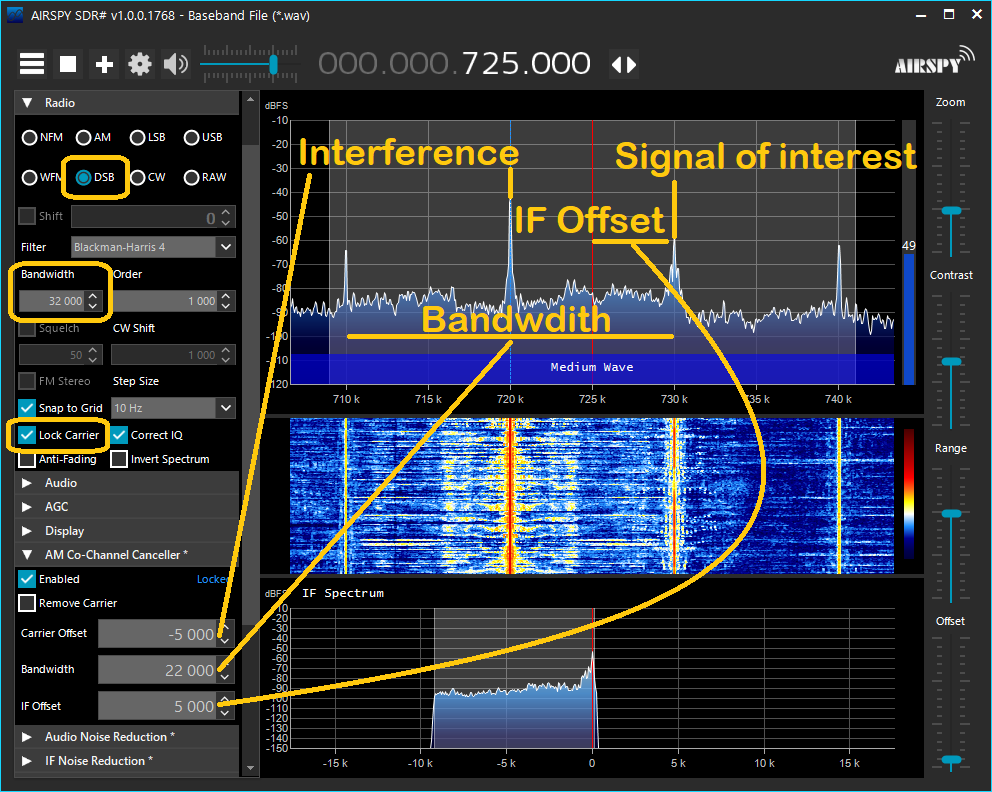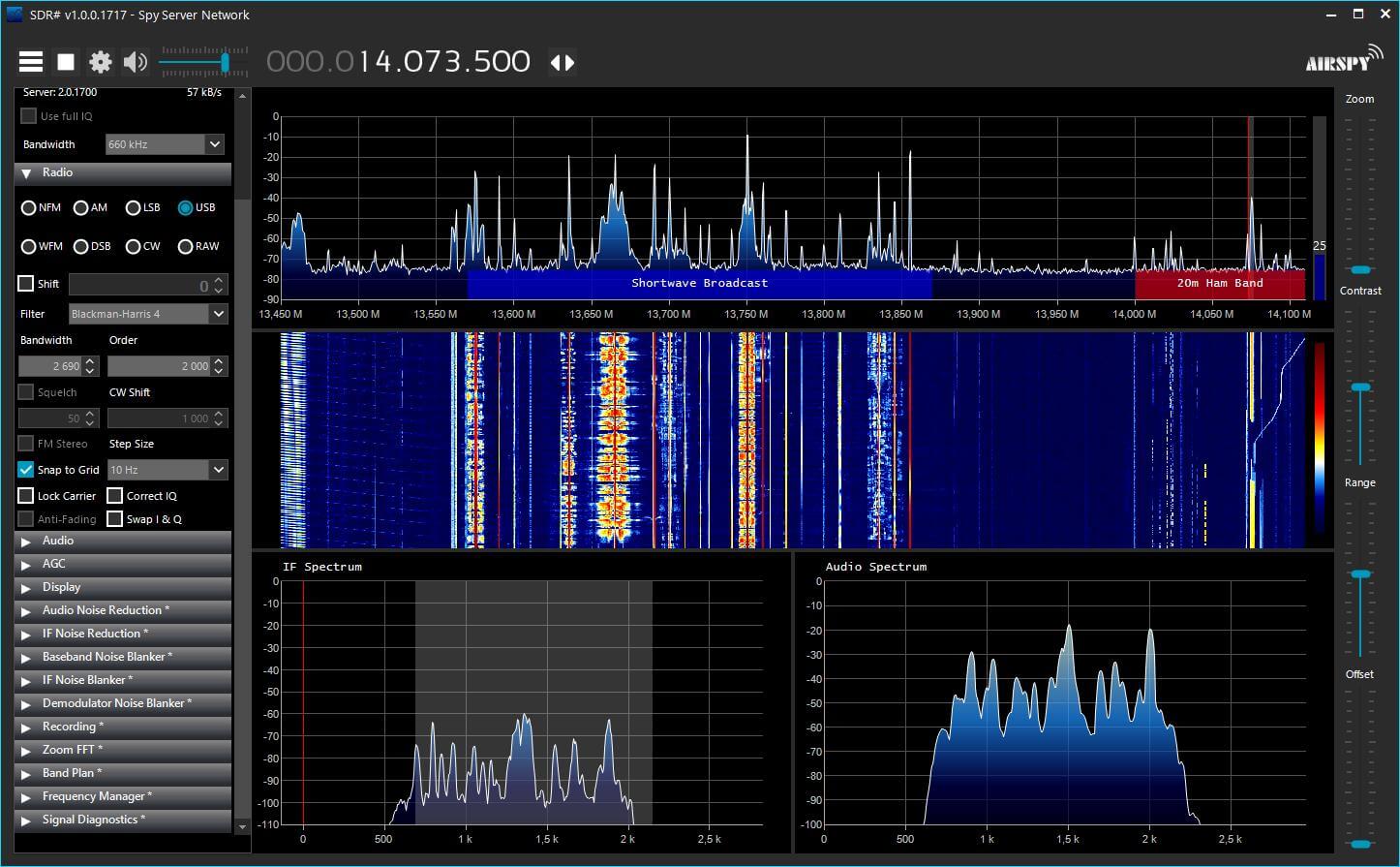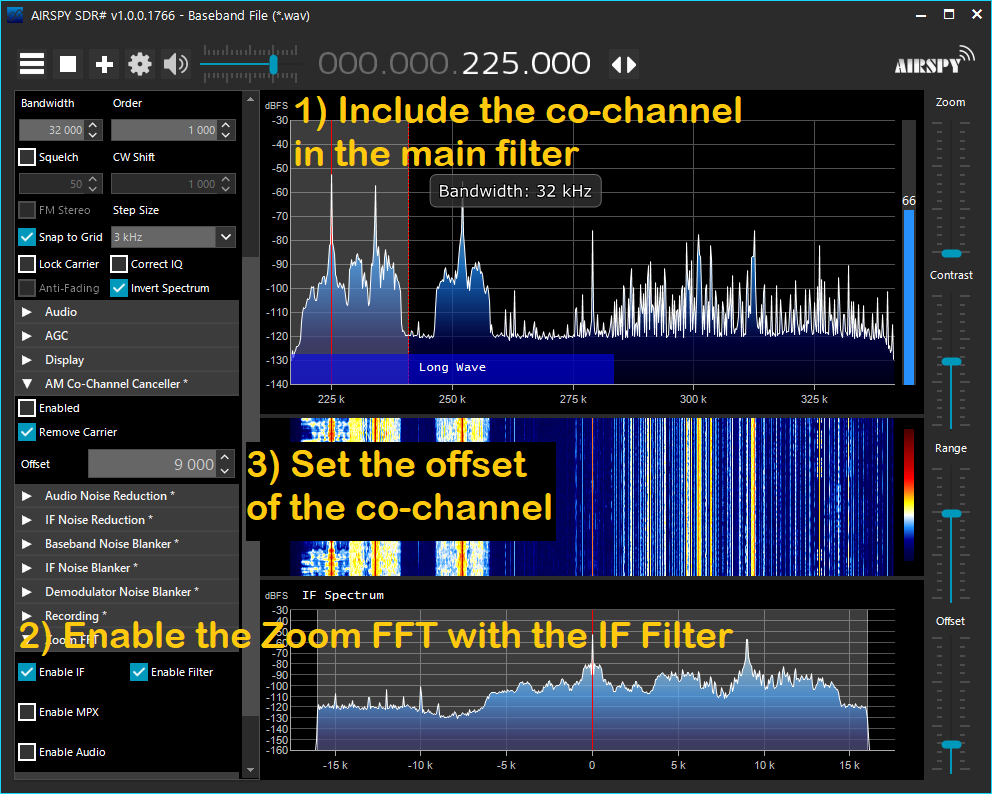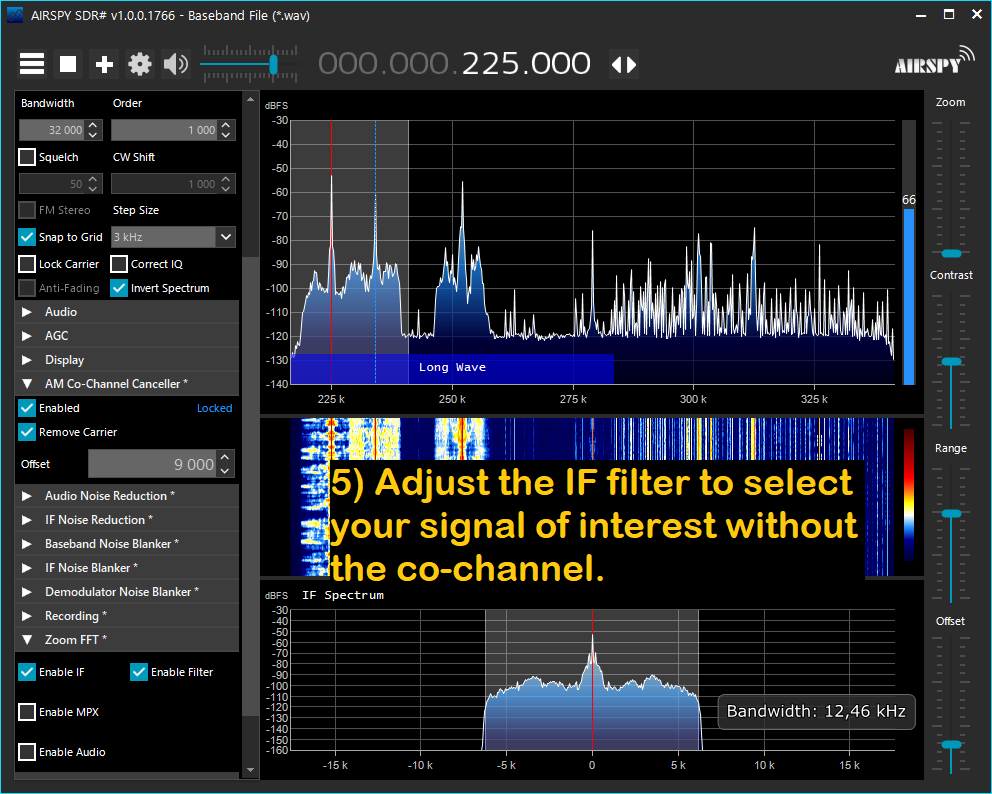By Jock Elliott, KB2GOM
Let’s get one thing clear from the start: it’s all Ken Reitz’s fault. When the search for the guilty begins, the finger should point squarely at Mr. Reitz.
Who is Ken Reitz? He is the Managing Editor and Publisher of The Spectrum Monitor.
The Spectrum Monitor is a radio hobbyist magazine available only in PDF format and can be read on any device capable of opening a PDF file. It covers virtually aspect of the radio hobby, and you can find it here: https://www.thespectrummonitor.com/ I am a subscriber, and I can heartily recommend it without reservation.
So what is it that Mr. Reitz did that set me off? Short answer: he wrote a really good article entitled “AM DX Antennas: Long Wires and Loops Big and Small.” In it, he mentioned that he could hear, from his location in Virginia, WCBS on 880 in New York City, some 300 miles away. He also mentioned that he could hear, during daylight hours, WGY in Schenectady, NY, about 400 miles distant.
WGY is a local station for me in Troy, NY, but I wondered: Could I hear WCBS in New York City? That’s nearly 150 miles from me. Hmmm.
So I started firing up various radios and radio/antenna combinations on 880 kHz. I tried my Icom IC706 MkIIIG ham transceiver, hooked to the 45-foot indoor end-fed antenna. Nothing heard.
Next, my Grundig Satellit 800 connected to its 4-foot whip antenna. I could hear WCBS barely, but with a horrible buzzing noise. Switching the Satellit 800 to the horizontal room loop antenna I could hear WCBS better, but the noise was really, really nasty.
Then I connected the MFJ 1886 Receive Loop Antenna. Tah-dah! I could hear WCBS just fine, with some noise in the background, but “armchair copy.” The MFJ loop made a huge difference in the quality and strength of the signal. I also tried the MFJ loop with another radio I have under test (its identity to be revealed in the future) and found, while I couldn’t hear WCBS at all with the radio’s internal antenna, the 1886 made an enormous difference, pulling out a fully copyable signal with noise in the background.
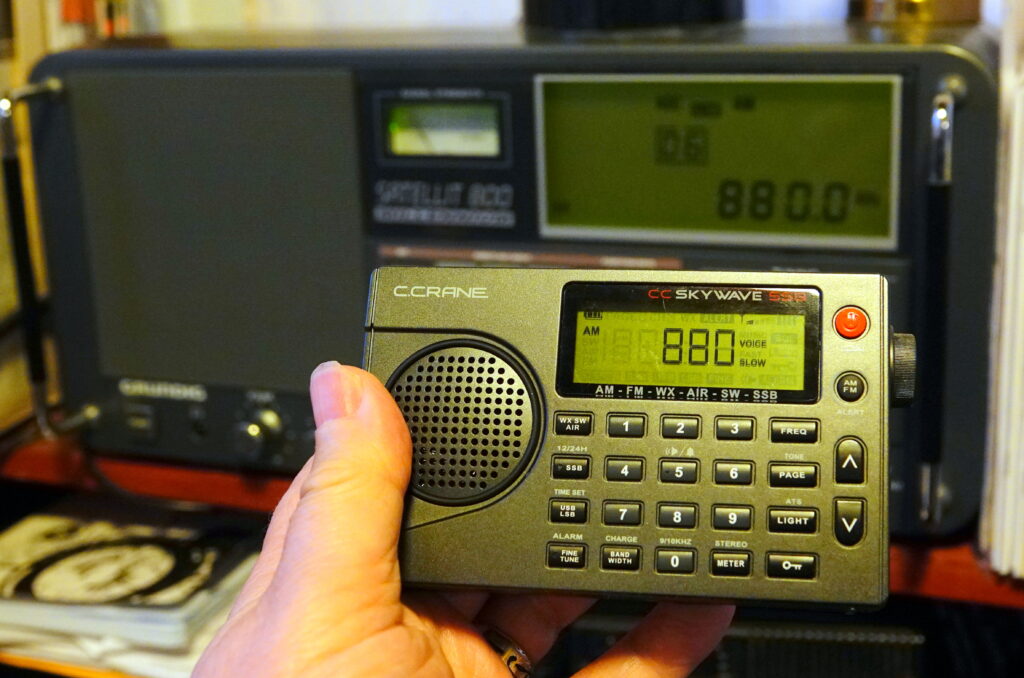 Finally, I tried a couple of my portables. My Tecsun 880 could hear WCBS, but the noise level was high enough to be annoying. Finally, I tried my CCrane Skywave SSB. The Skywave did a better job of pulling the signal out of the noise. I got the same result with the CCrane Skywave SSB2. Both Skywaves were using their internal ferrite antennas. Impressive.
Finally, I tried a couple of my portables. My Tecsun 880 could hear WCBS, but the noise level was high enough to be annoying. Finally, I tried my CCrane Skywave SSB. The Skywave did a better job of pulling the signal out of the noise. I got the same result with the CCrane Skywave SSB2. Both Skywaves were using their internal ferrite antennas. Impressive.
Bottom line, for this very small foray into daytime medium wave DXing, the MFJ-1886 Receive Loop Antenna was a powerful and useful tool, one I can easily recommend. Second, when it comes to portables, the CCrane Skywave SSB (either model) continues to show that it is “The Little Radio That Could.”

